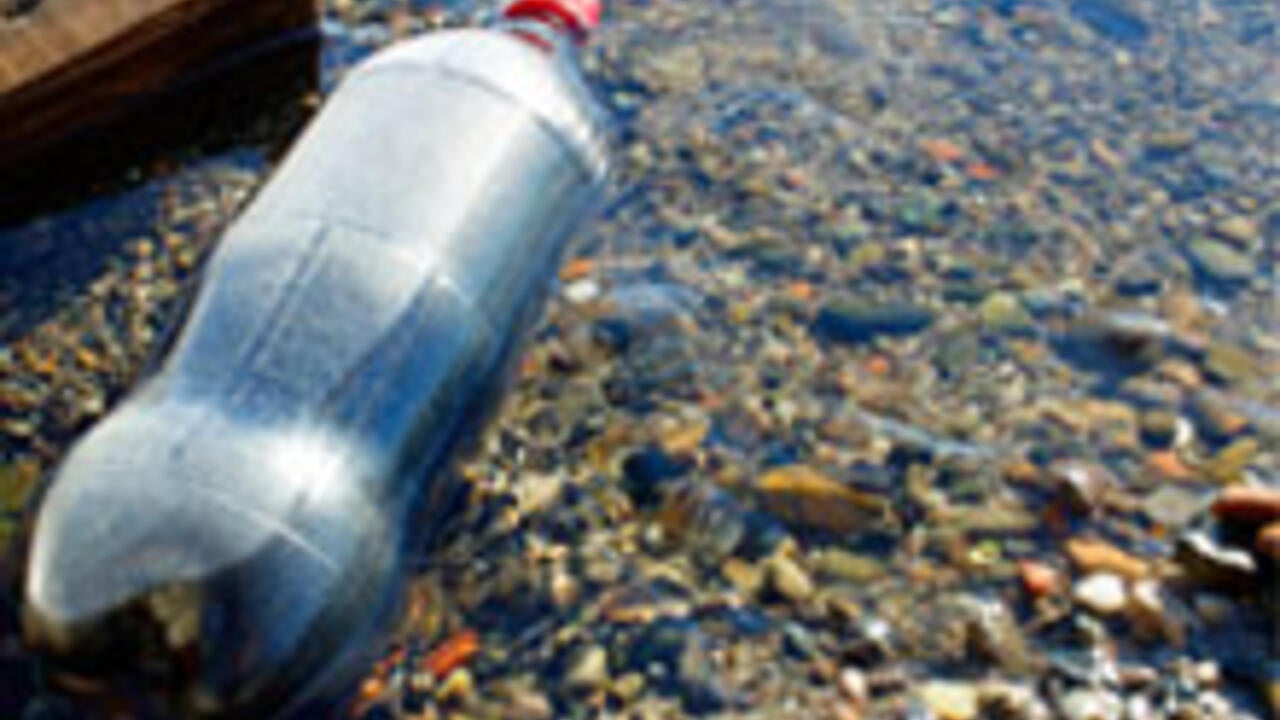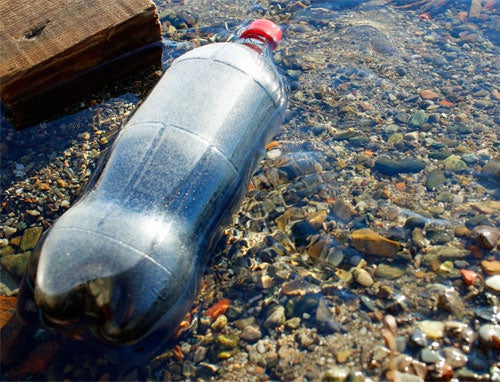
Legislation needed to clean up plastic from Great Lakes
Lake Erie has the highest concentration of plastic waste of all the Great Lakes, says Waterloo scientists

Lake Erie has the highest concentration of plastic waste of all the Great Lakes, says Waterloo scientists
By Staff Faculty of ScienceWaterloo researchers say microbeads and plastic debris of all sizes could be a bigger environmental problem for the Great Lakes than previously thought.
A review article by researchers in Waterloo’s Ecohydrology Research Group notes that Lake Erie has the highest concentration of plastic debris among all the Great Lakes – higher even than Lake Geneva in Switzerland, which has more than three times the surrounding population density. In fact, results show that certain areas of the Great Lakes have suspended plastics concentrations as high as those found in the so-called garbage patches accumulating in oceans.

Photo credit: andhal/iStock/Thinkstock
“Canada needs to step up to the plate and take action,” says Philippe Van Cappellen, Canada Excellence Research Chair and professor of Earth and Environmental Sciences in the Faculty of Science. “Both the Europeans and Americans are proposing legislation to deal with the problem. Canada should follow their lead.”
The review article appears in this month’s issue of the Journal of Great Lakes Research.
“We know more and more about ocean plastics, but, paradoxically, we have little information on the distribution and fate of plastic debris in the Great Lakes, the world’s largest freshwater resource,” says Van Cappellen, who is also a member of Waterloo’s Water Institute.
The article combines surveys from university research studies and ground-based observations by volunteer beach clean-up groups to yield the first comprehensive assessment of the plastics problem in the Great Lakes.
Plastics can range enormously in size from large drums and cigarette filters to microscopic plastic beads found in facial scrubs and body washes, and plastic fibres washed from synthetic clothing in everyday laundry.
Larger pieces also break down through mechanical abrasion into smaller pieces that persist in the environment, potentially for thousands of years. These microplastics act like sponges for certain pollutants and are easily ingested by aquatic organisms, including fish and shellfish, which may ultimately end up on our plates.
“Survey any stream or river in the Great Lakes region and there is a good chance you will find plastic debris, including microbeads or microplastics,” said first author Alex Driedger, a graduate student in the Ecohydrology Research Group.
Microplastic particles flushed down the drain are so tiny they end up bypassing wastewater treatment. Microbeads have been found in water released from six out of seven wastewater treatment plants in New York State. Neither Canadian nor American wastewater treatment plants are required to monitor plastics in their discharge, so the true extent of plastics loading is currently unknown.
The Canada Excellence Research Chair Program funded the research. Earth and Environmental Sciences Professor Hans Dürr and former postdoctoral fellow Kristen Mitchell co-authored the paper. Mitchell is currently a William L. Fisher US Congressional Geoscience Fellow in Washington DC.

Read more
Meet five exceptional Waterloo graduate students crossing the convocation stage as Class of 2025 valedictorians

Read more
From co-op to startup: Waterloo students develop an AI platform that uses real-time data for wildfire prediction and early prevention

Read more
The medal honours outstanding individuals across Canada who have made significant contributions to their communities
The University of Waterloo acknowledges that much of our work takes place on the traditional territory of the Neutral, Anishinaabeg, and Haudenosaunee peoples. Our main campus is situated on the Haldimand Tract, the land granted to the Six Nations that includes six miles on each side of the Grand River. Our active work toward reconciliation takes place across our campuses through research, learning, teaching, and community building, and is co-ordinated within the Office of Indigenous Relations.